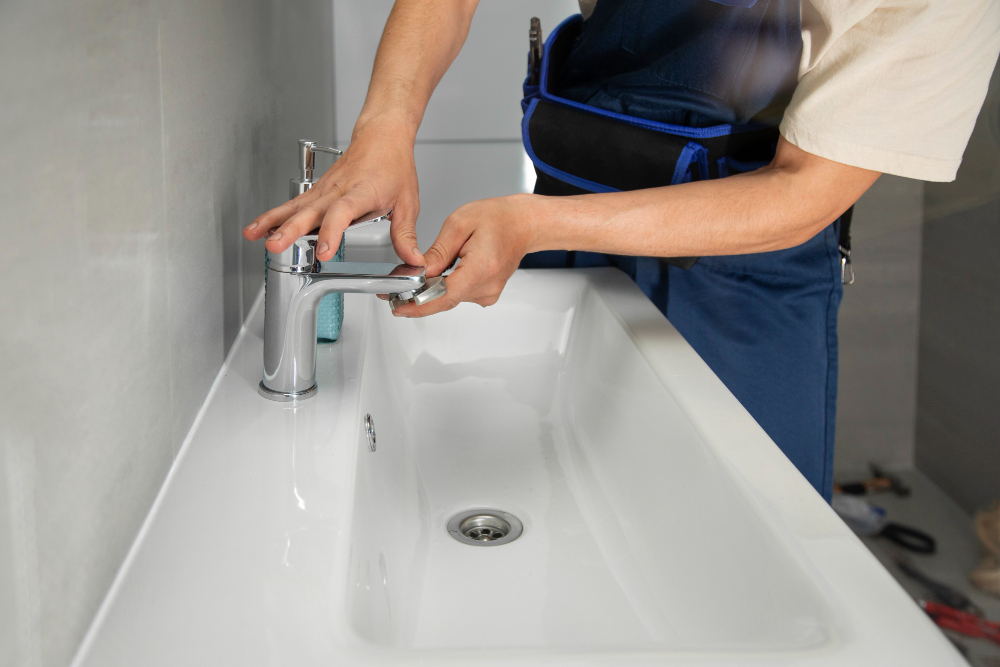A tub faucet, also known as a bathtub faucet or bath spout, is a crucial component of a bathroom’s plumbing system that allows water to flow into a bathtub to fill it with water. While it might seem like a simple device, a tub faucet comes in various styles and designs, each with its unique features and functions. Whether you’re renovating your bathroom or considering upgrading your tub faucet, understanding its types, components, and considerations will help you make an informed decision that enhances your bathing experience.
Table of Contents
ToggleTypes of Tub Faucets
Wall-Mounted Faucets: These faucets are attached to the bathroom wall above the bathtub. They can come with a single handle for controlling both temperature and flow, or they may have separate handles for hot and cold water. Wall-mounted faucets provide a clean and sleek look while also making it easier to clean around the tub area.
Deck-Mounted Faucets: Deck-mounted faucets are installed directly onto the tub’s deck or rim. They can be positioned either on the wall adjacent to the tub or on the tub itself. These faucets can have a single spout with separate handles or a combined design, similar to wall-mounted faucets.
Freestanding Faucets: These elegant faucets stand on their own beside the bathtub. They often feature a tall, arched spout and can be a focal point of luxury and style in a bathroom. Freestanding tub faucets usually have floor-mounted plumbing, adding a touch of sophistication to the tub area.
Components and Features
A typical tub faucet consists of several key components:
Spout: The spout is the part of the faucet from which water flows into the tub. It can come in various shapes and lengths, and some spouts may include diverters that allow you to switch between the tub faucet and a handheld shower.
Handles: Handles control the water flow and temperature. Depending on the faucet type, there may be one or two handles. Some modern tub faucets come with lever handles that offer easy and precise control, while others have traditional round handles.
Diverter: A diverter is a mechanism that directs water flow between the tub faucet and other outlets, such as a handheld shower or a showerhead. It allows you to switch between filling the tub and using a shower without having to adjust the water temperature each time.
Valve Technology: Just like shower faucets, tub faucets can use different valve technologies, such as pressure-balancing or thermostatic valves. These valves regulate water temperature and pressure to ensure a comfortable and consistent bathing experience.
Considerations When Choosing a Tub Faucet
Style and Aesthetics: Consider the overall design and theme of your bathroom when choosing a tub faucet. Whether you prefer a modern, minimalist look or a more traditional and ornate style, there’s a wide variety of options to match your aesthetic preferences.
Installation: Before purchasing a tub faucet, make sure it is compatible with your existing plumbing setup. If you’re replacing an old faucet, take measurements to ensure a seamless installation.
Functionality: Think about how you will be using the tub faucet. Do you prefer a simple design for basic filling, or do you want additional features like a handheld shower attachment? Determine the level of functionality you need.
Material and Finish: Consider the durability and maintenance requirements of different materials and finishes. Common options include chrome, brushed nickel, brass, and oil-rubbed bronze. Choose a finish that complements your bathroom’s color scheme and décor.


